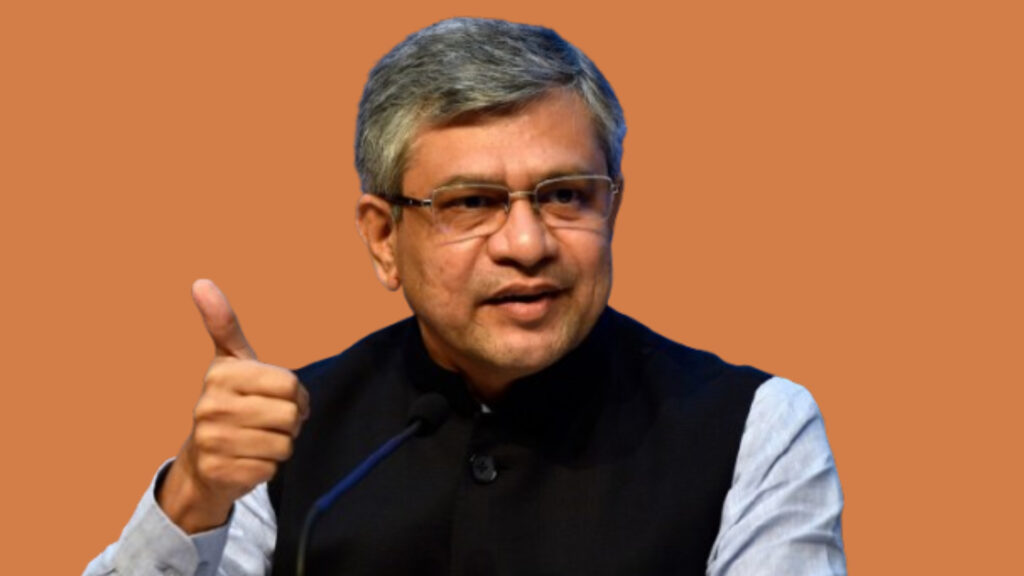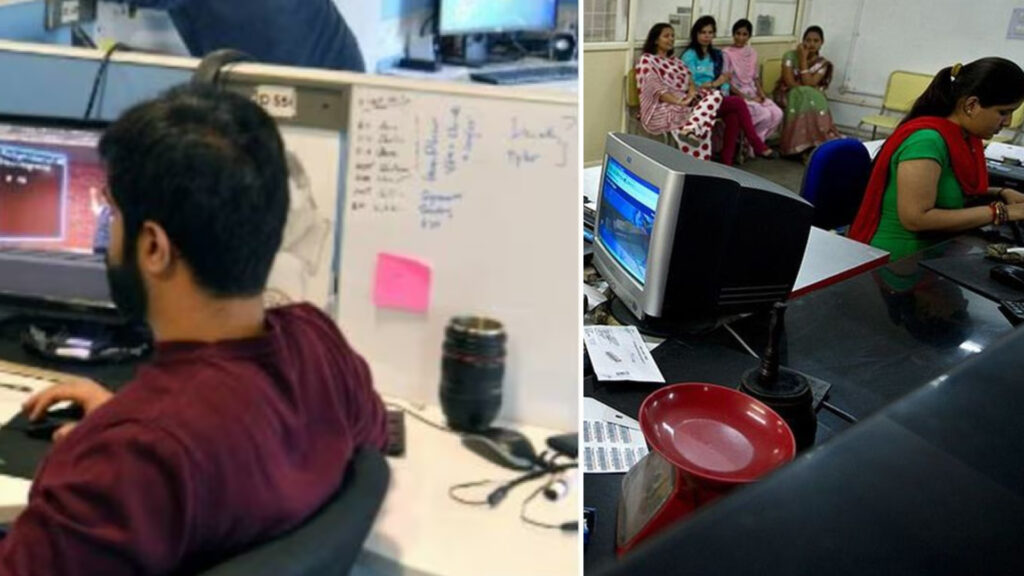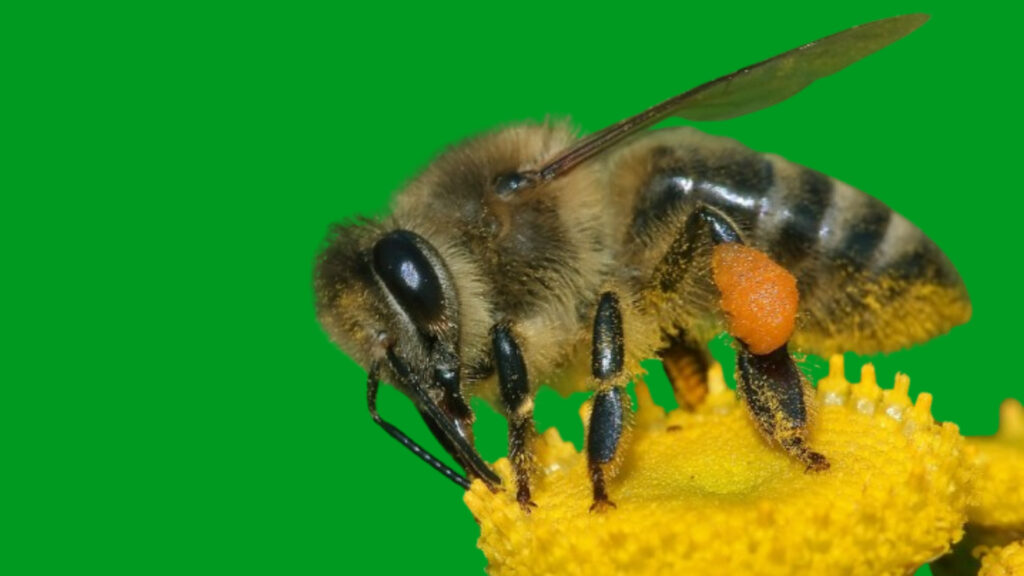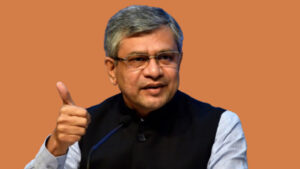Ukraine Russia War Updates: 7 Shocking Developments You Must Know
Ukraine Russia war continues to dominate global headlines as fresh rounds of peace talks, military advances, and humanitarian crises unfold. In early June 2025, both Kyiv and Moscow made renewed diplomatic efforts in Istanbul, yet the deadlock remains stubborn. This article dives deep into the latest facts, revealing key events and offering insights into the broader geopolitical context surrounding the conflict.
1. Ukraine Proposes New Peace Talks Before End of June
Following the brief, intense discussions in Istanbul on June 2, 2025, the Ukrainian delegation, led by Defence Minister Rustem Umerov, officially proposed a next round of negotiations to take place between June 20 and 30. This move demonstrates Kyiv’s continued commitment to dialogue despite ongoing battlefield tensions.
Notably, Umerov emphasized the need for a high-level meeting between President Volodymyr Zelenskyy and Russian President Vladimir Putin, stating such a summit could change the course of this devastating war. Turkish President Tayyip Erdogan meanwhile indicated plans to facilitate a potential meeting in Istanbul or Ankara, even mentioning former U.S. President Donald Trump as a possible mediator.
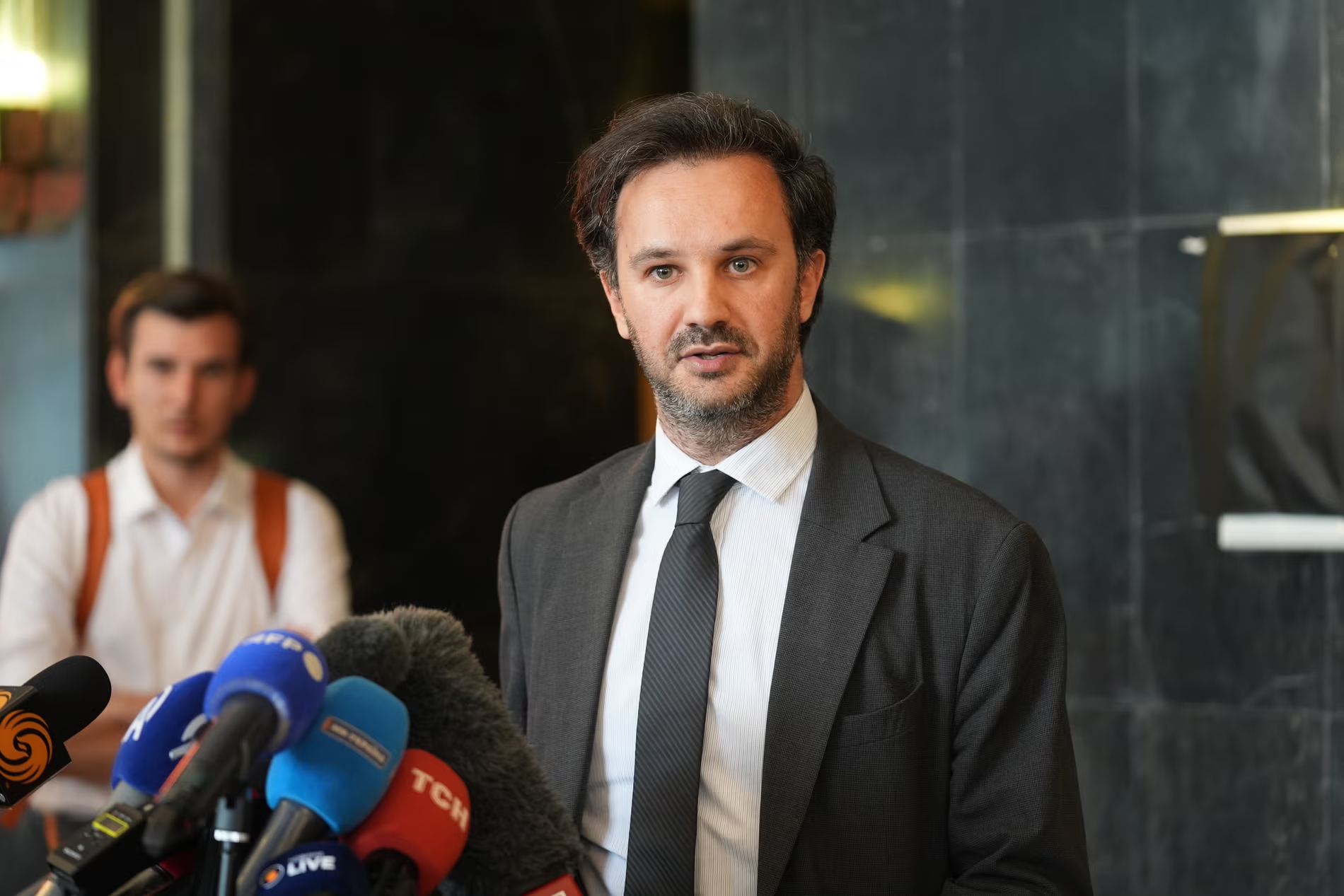
2. Russia Rejects Unconditional Ceasefire; Offers Partial Truce Instead
One of the most critical sticking points remains Moscow’s refusal to accept an unconditional ceasefire. While Ukraine insists on an immediate, comprehensive halt to hostilities across all fronts for at least 30 days, Russia’s chief negotiator Vladimir Medinsky proposed only a limited two-to-three-day partial ceasefire covering select front-line zones.
Moscow justifies this short-term pause primarily as a humanitarian gesture, allowing commanders to recover fallen soldiers’ bodies. Ukrainian officials, however, see this as insufficient to lay down the foundation for lasting peace.
3. Prisoner Exchange: Focus on the Injured and Young Soldiers
The humanitarian dimension of the Ukraine Russia war remains deeply tragic. In Istanbul, Ukraine and Russia agreed to proceed with another prisoner of war (POW) exchange, prioritizing the seriously injured and younger detainees aged 18 to 25. This follows the “1,000-for-1,000” swap concluded last month, which marked the largest exchange since the conflict began.
Moreover, Ukraine has presented Russia with a list of kidnapped Ukrainian children currently taken into Russian territory, pressing for their urgent return—a poignant testament to the war’s human toll.
4. Ukraine’s Return of Fallen Soldiers’ Bodies
In a powerful gesture, Ukraine agreed to repatriate the bodies of 6,000 fallen Russian soldiers. This solemn decision underscores Kyiv’s emphasis on humanitarian respect despite ongoing hostilities and facilitates some measure of dignity amidst the horrors of war.
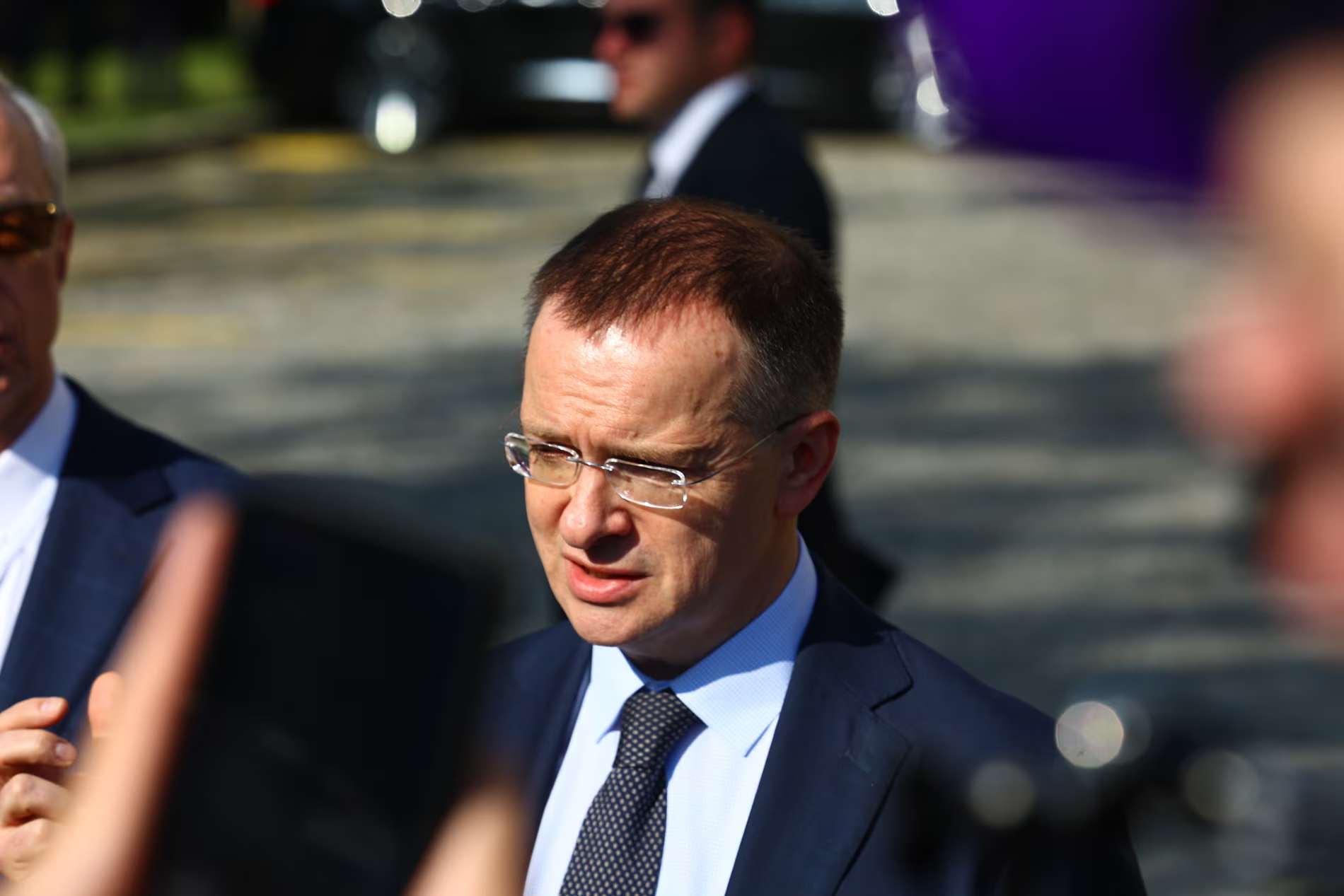
5. Zelenskyy Calls for Heightened Sanctions if Talks Fail
President Volodymyr Zelenskyy, addressing a NATO summit in Vilnius simultaneously with the Istanbul talks, sounded a stern warning to the West. He urged allies to impose “a new level of sanctions” if Moscow remains unyielding in negotiations, specifically targeting Russian oil exports and tanker traffic.
Zelenskyy’s rationale is clear: “Without pressure, Putin will just keep playing games with everyone who wants this war to end.” His message highlights the belief that economic measures are pivotal to dissuading Russia’s continued aggression.
6. Geopolitical Context: NATO and Russia’s Expanding Tensions
The Ukraine Russia war is intricately tied to larger regional security dilemmas. Zelenskyy directly criticized Putin’s attempt to influence which countries can join NATO, warning that such interference only fuels Russia’s “appetite for war.”
Meanwhile, Lithuania announced plans to raise its defense spending beyond 5% of GDP by 2030, foreshadowing broader NATO readiness initiatives. These developments create pressure for a reaffirmed commitment to collective defense ahead of the NATO summit scheduled in The Hague later this month.
7. Military Situation on the Ground: Offensive Momentum and Drone Strikes
Despite diplomatic overtures, military activities have intensified. Analysis shows Russia’s offensive efforts accelerated through spring 2025, applying increased pressure on Ukrainian forces.
On the Ukrainian side, a significant drone strike targeted Russia’s long-range bomber fleet over 2,500 miles from Ukrainian territory, underscoring Kyiv’s evolving capabilities and willingness to strike deep into Russian-held areas.
Recent Data & Statistics
- The second round of negotiations lasted just over an hour, a stark contrast to longer, more comprehensive talks earlier in the year.
- The ongoing prisoner swaps involved thousands of individuals; the last “1,000-for-1,000” exchange is the largest recorded in the war’s history.
- Ukraine’s proposed ceasefire demands a full halt to all land, sea, and air combat operations for at least 30 days, a condition persistently rejected by Moscow.
- Ukraine plans a new round of talks between June 20–30, hoping to expedite peace efforts.
- Defense budgets across Eastern Europe are increasing, with Lithuania committing 5% of GDP from next year as a deterrent to further Russian aggression.
Why Does This Matter?
The Ukraine Russia war represents one of the most consequential conflicts in Europe since World War II, with implications that extend far beyond the battlefield. The latest Istanbul talks illuminate the complex dance between diplomacy and military strategy, where goodwill clashes against hardened distrust.
Humanitarian concerns—such as prisoners, abducted children, and the dignity of fallen soldiers—remain at the heart of discussions, reflecting how the war inflicts suffering on countless families.
Meanwhile, geopolitical stakes grow higher. Russia’s reluctance to cease fire and the West’s push for increased sanctions set the stage for a protracted struggle, with non-military tools playing an ever greater role.
you might like this : Northern Lights Tonight: 5 Stunning Displays You Can’t Miss
Looking Forward: What to Expect?
With the next round of talks scheduled for late June, the world watches closely. Will leaders take the bold step to meet face-to-face? Could sanctions finally pressure Moscow toward compromise? Or will military escalation continue to overshadow diplomatic efforts?
Turkey’s role as moderator, alongside calls for U.S. involvement at the highest level, may be crucial to breaking current impasses. For now, the refugee crisis worsens, battles rage intermittently, and the international community grapples with balancing response and restraint.
The Ukraine Russia war remains a complex, multifaceted crisis. The June 2025 developments—ranging from rejected ceasefires, prisoner exchanges, and high-stakes diplomacy—highlight both the challenges and faint hopes for peace. While the path ahead is uncertain, the resilience of the Ukrainian people and their leaders signals an unyielding pursuit of sovereignty and justice.
As observers, staying informed about these ongoing negotiations and military developments is critical. Understanding the nuanced intersection of geopolitical strategy and human suffering helps us grasp why this war affects us all, directly or indirectly.
Whatever the outcomes of the upcoming talks, it is clear that only a comprehensive, enforceable ceasefire combined with genuine political dialogue will bring lasting relief to millions caught in this conflict’s shadow.




